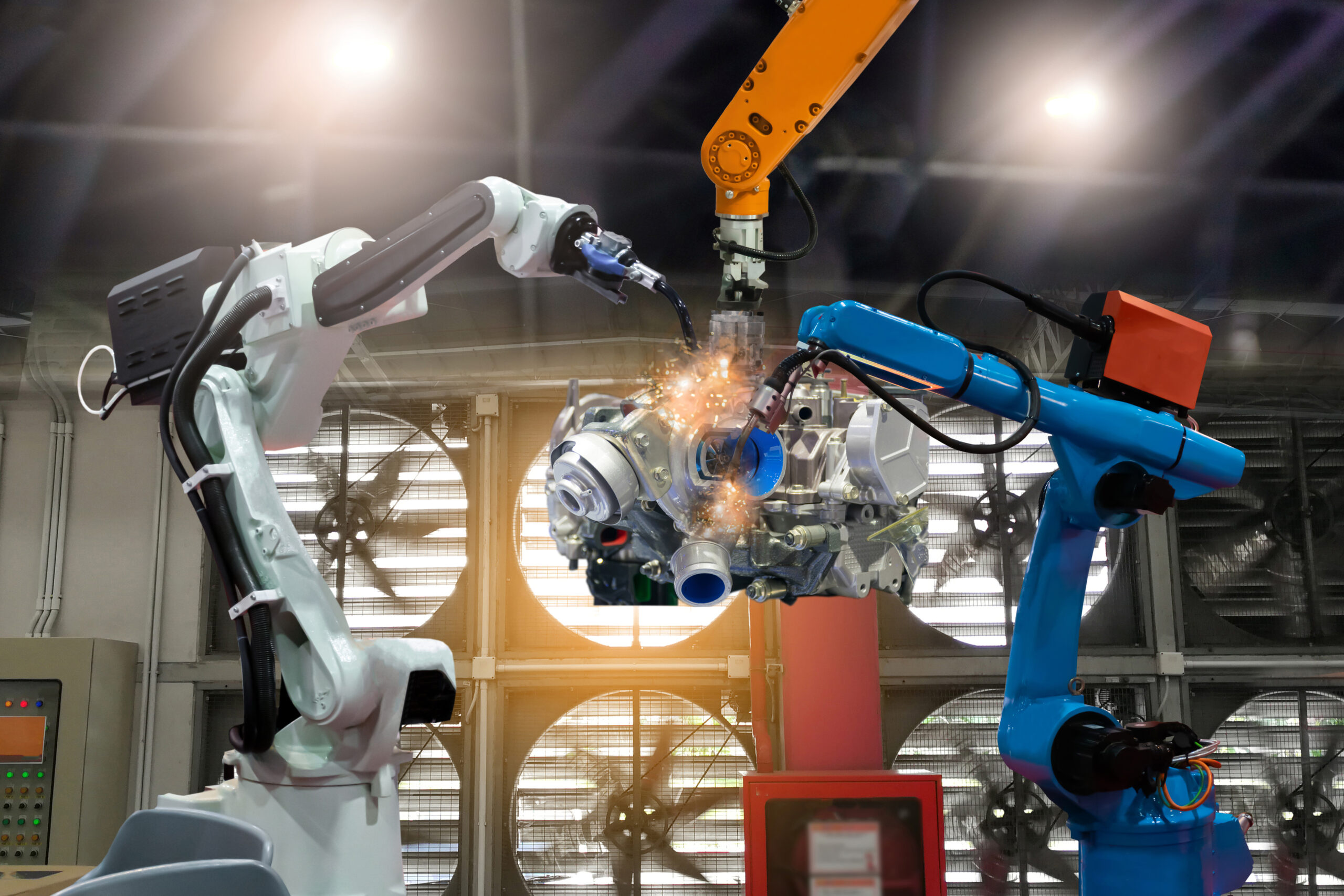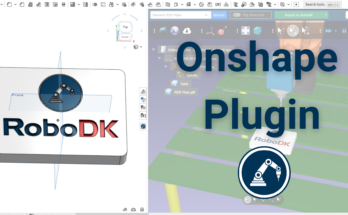Streamlining your manufacturing processes is one of the core ways to improve your company’s efficiency and bottom line.
When you reduce or eliminate waste in your process, you make your business more competitive in the global market and open new doors for innovation. Many manufacturers are now turning to robots — and related technology like robot programming software — to automate parts of their processes and optimize.
Improving efficiency is top of mind for a lot of manufacturers right now. If you want to stay a leader in your industry, you must be aware of the technologies at your disposal that you can turn to your advantage.
Committing to ongoing manufacturing process improvement helps you to ensure your business is always improving with the help of the latest technologies and best practices.
What is manufacturing process improvement?
Manufacturing process improvement is the practice of identifying and implementing ways to improve the efficiency of a manufacturing process. Many factors can contribute to this improvement, including reducing waste, increasing productivity, and improving quality. It is an ongoing effort that usually involves team collaboration.
The process starts by identifying your specific areas for improvement. It’s helpful to use data and analytics to get an objective view of which parts of your process would benefit most from improvement.
Once you have identified a specific area to work on, you and your team should work to implement changes. With the right solutions, even minor changes can lead to lasting improvements in your manufacturing process. For example, automating even one process can significantly improve productivity and quality. You can then build on that success in future improvements.
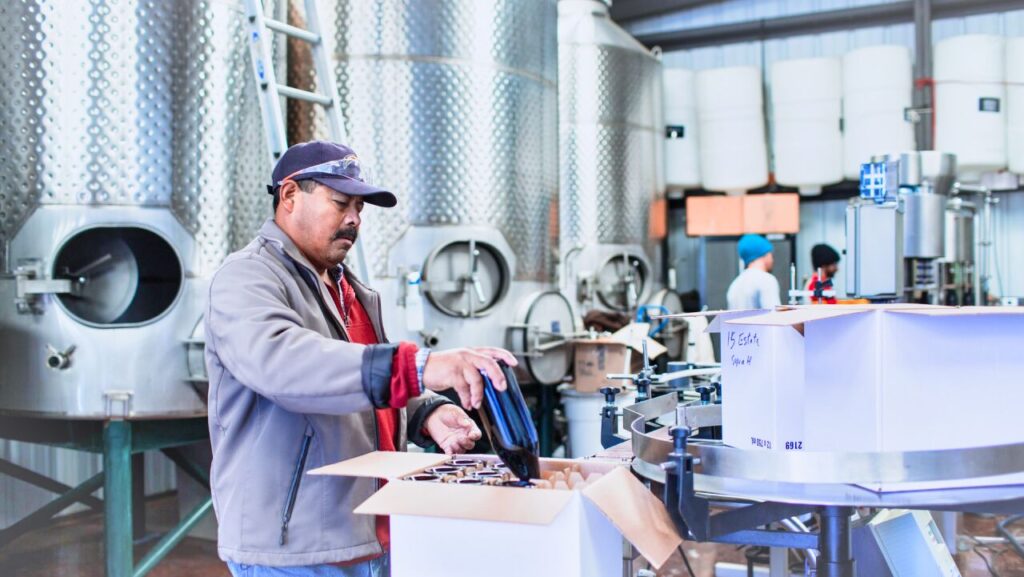
Why you need to keep improving your manufacturing processes
In this rapidly changing world, if you don’t change and improve your processes, it is hard to keep up with your competition.
By improving your manufacturing process, you can optimize production, making it more efficient and less costly. But there are other benefits to improving your manufacturing process too.
Striving to achieve a more efficient manufacturing process can create the downstream effect of increasingly happier customers – you can deliver quality products more effectively and expand your offerings more easily. This can help generate more repeat customers and more profits. It also helps to attract new customers and business partners to your company.
If you want to stay ahead of the curve in your industry, it helps when you are one of the companies leading the way in applying technologies like robotics to your process.
How technology helps improve the manufacturing process
Technology is increasingly the go-to method for improving manufacturing and other business processes. It’s not the only method, but technology can certainly be a powerful tool.
One classic approach to manufacturing process improvement — that doesn’t rely on technology — is to adopt a lean methodology. The problem is that this can require a complete overhaul of your manufacturing processes, which can be disruptive and costly.
Robotics is great technology because they allow you to automate individual tasks that are difficult when performed manually or otherwise create a bottleneck in your process. You don’t need to completely overhaul your process — you can start your improvements by just automating one key task.
Most commonly, robots are used to carry out high-precision, repetitive manufacturing tasks like welding, drilling, machining, palletizing, applying sealant, or any of hundreds of other potential applications.
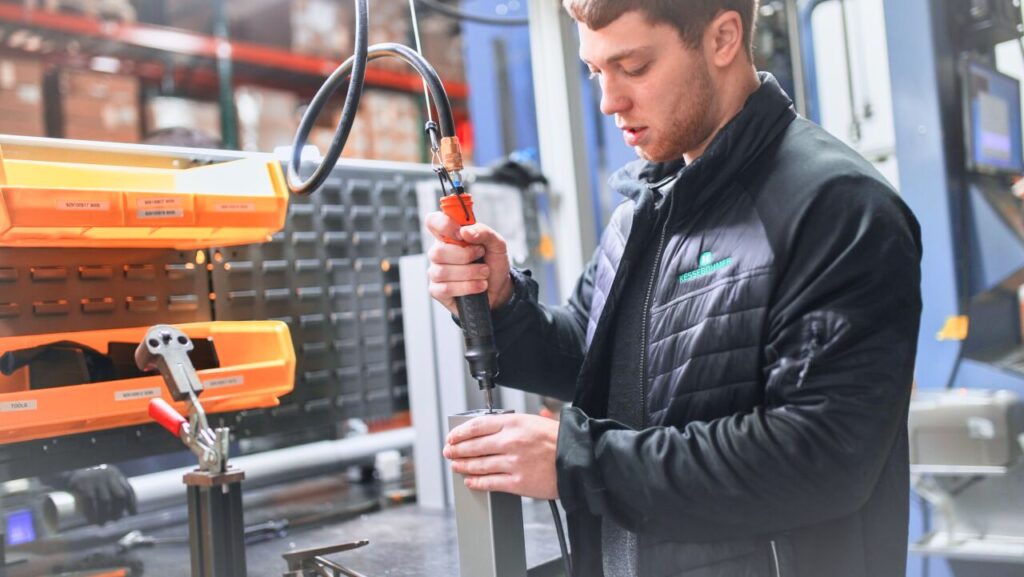
Where robotic technology and programming come in
Robotics has become a game-changer for manufacturers across a range of different industries.
By automating tasks that are otherwise difficult or impossible to perform manually, robots can contribute to improve efficiency across the entire production workflow.
Compared to alternative methods of manufacturing process improvement, robots can be less disruptive, less costly, and more accessible for smaller manufacturers when you don’t have the resources to automate everything.
One key decision to make when you choose robots to improve a manufacturing process is which robot programming software you will use. The right software and programming approach can have a huge impact on the success of your robotic deployment. For example, offline programming saves you time and productivity compared to the more common online programming method.
Example: How car manufacturing has improved with robotics
What’s an example of a huge success in manufacturing process improvement with robotics?
The automotive industry is a common example, and for good reason. The car manufacturing process has changed drastically over the past century.
A few hundred years ago, the entire automotive manufacturing process was done by hand. It took months to produce a single vehicle. Today, most of the work is done by robots and the entire process can be completed in a matter of days.
For example, before robots, each car door had to be cut and shaped by hand. This was labor-intensive and time-consuming. Today’s manufacturing process includes robots that precisely cut and shape each car door with great speed and accuracy. As a result, automotive manufacturers can produce a car door in a fraction of the time it took before, without sacrificing quality.
This is just one of the many examples of how robotics have transformed the car manufacturing process. But, while robotics is common in automotive manufacturing, it is still quite new in other manufacturing industries.
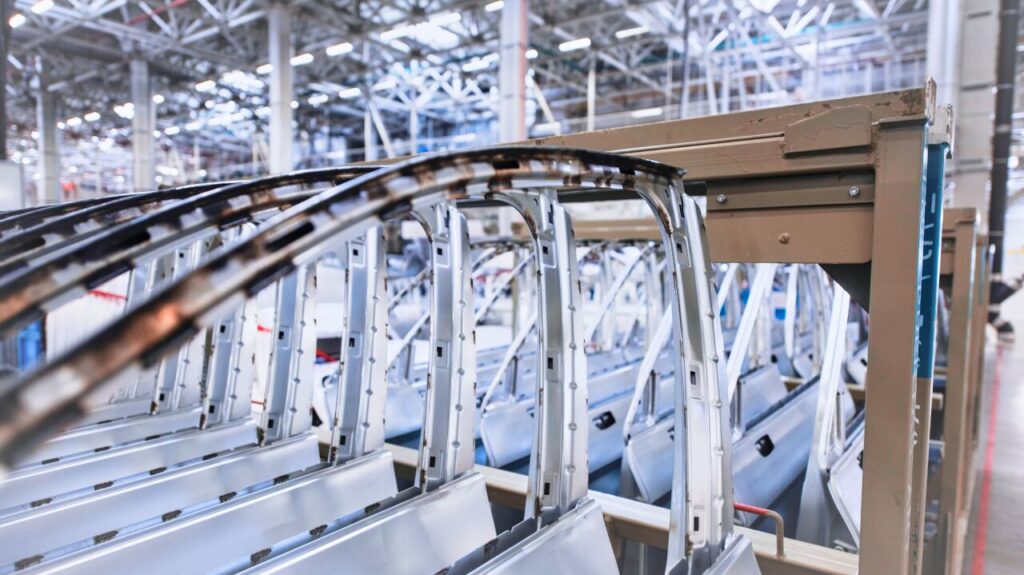
How you can get the benefits of streamlining with robotics
When it comes to manufacturing, there is always room for improvement.
One reliable way to start streamlining your manufacturing process is to begin with the right robot programming software. With RoboDK, you can test out potential robot applications in the software before you invest in the robotic hardware.
This can help you make more informed decisions about how robotics can help your drive towards manufacturing process improvement.
What aspects of your manufacturing process do you want to improve? Tell us in the comments below or join the discussion on LinkedIn, Twitter, Facebook, Instagram, or in the RoboDK Forum. Also, check out our extensive video collection and subscribe to the RoboDK YouTube Channel

